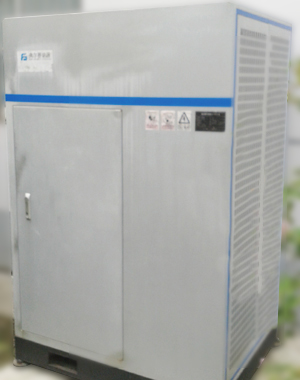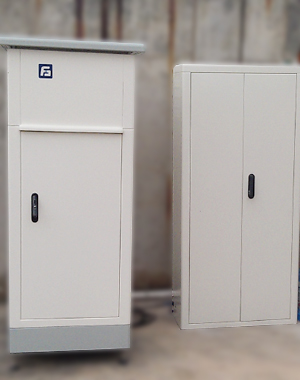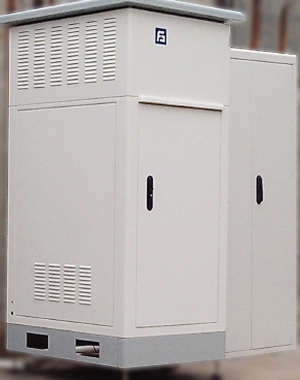Emergency /backup power supply
The fuel cell emergency/backup powersystem is mainly composed of a hydrogen storage unit, a fuel cell system, a DC/DC converter, an energy storage unit, a control unit, and a human-machine interface. When the power grid is normal, the communication device uses the direct current provided by the municipal rectifier device, and simultaneously floating charges the storage unit of the backup power supply system while it stands by. Once power gridis off or the rectifier device fails, the standby power supply starts to work immediately. The energy storage unit will continuously supply power to the communication device, and control unit activates the hydrogen supply and the fuel cell system, which will be started up within 20s. The electricity generated is converted to a stable DC output via the DCDC converter to supply power to the communication device. When the power gridis recovered, or rectifier failure removed, the system control unit stops the hydrogen supply and the fuel cell system and return to the standby mode.

The fuel cell emergency/backup powersystem has a relatively simple structure, good environmental adaptability, small space requirement, safety and energy-saving trait. It is a good substitute for the lead-acid battery commonly used in the communication industry, and it tackles the problems caused by the traditional lead-acid battery,such as serious pollution to the environment, high maintenance costs, and short service life.
Application area

Shanghai Telecom

Shanghai Mobile

Jiangsu Mobile

Xiamen Unicom

Shanghai Mobile
● A total of 40, 256 standby days and total power generation 3,008 hours
● Recognized by China Mobile, China Telecom and China Unicom
● Key technologies applied in the product areproprietary, for which 22 patents have been granted.
● Value-added service such as intelligent remote monitoring combining IoT technology

